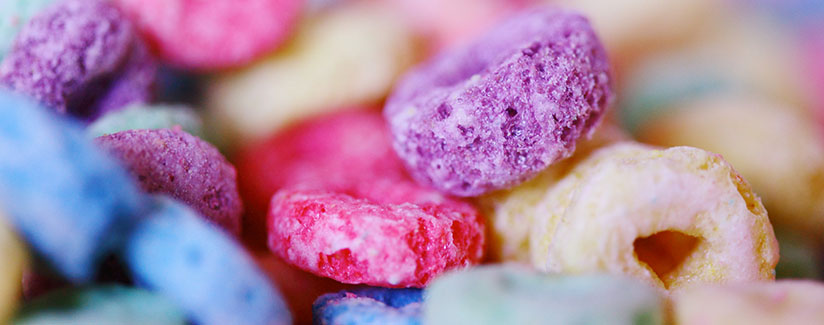
What is BHT (Butylated hydroxytoluene)?
Late last year the Environmental Working Group released its Dirty Dozen Guide to Food Additives. The guide aims to highlight some of what it claims are the worst failures of the regulatory system by covering ingredients associated with serious health concerns, additives banned or restricted in other countries and other substances that it feels shouldn’t be in food.
Two of the additives on the list are butylated hydroxytoluene (BHT) and its chemical cousin butylated hydroxyanisole (BHA). Both of these additives are generally regarded as safe (GRAS) by the FDA, but BHT recently made headlines for being a potentially harmful additive found in many popular breakfast cereals. To learn more about BHT and BHA, we reached out to expert Sean O’Keefe, PhD, a professor in the Department of Food Science and Technology at Virginia Tech’s College of Agriculture and Life Sciences.
Dr. O’Keefe explained to us what exactly BHT and BHA are and why they are added to our food:
“BHA and BHT are phenolic chain-breaking antioxidants that prevent oxidative rancidity in foods. Oxidative rancidity results in destruction of vitamins and essential fatty acids, degradation of flavor, and production of free radicals that cause stress and damage to our bodies. There is evidence that aging effects are a result of accumulation of oxidation in our bodies. The phenolic antioxidants are added to foods that are sensitive to oxidation to prevent oxidation, so they are found in many places.”
According to the EWG, studies published by the European Food Safety Authority have shown that rats fed BHT have developed lung and liver tumors and that BHT has also been shown to cause developmental effects and thyroid changes in animals, suggesting that it may be able to disrupt endocrine signaling. But does this mean that it is a human carcinogen? Dr. O’Keefe referred us to a study conducted by theNational Toxicology Program that fed BHT at levels of 3000 and 6000 ppm to rats and mice. For reference, the legal limit for BHT in the fat in a food is 200 ppm. At much higher levels of 3000 and 6000 ppm, it was found that BHT was not carcinogenic for the rats or the mice.
After looking into the studies conducted on BHT, Dr. O’Keefe is not concerned about the additive and agrees with the FDA’s GRAS designation.
“Most of the information on grape seeds, green tea, goji, red wine, fruits and vegetables, etc., suggests they have positive health effects because of the antioxidant effects of their chemical constituents. Use of BHA and BHT improves the quality of our foods and improves their safety, from an oxidation standpoint.”
“Fill your life with happy memories and a little sweetness” by Purple Sherbet Photography is licensed under CC BY.


























